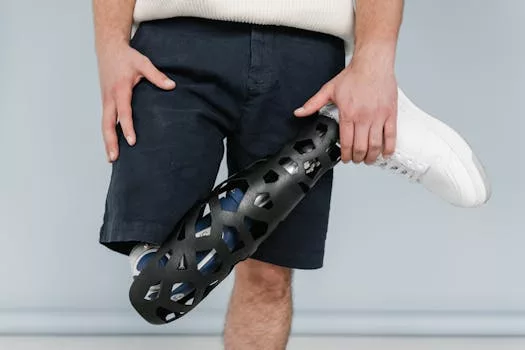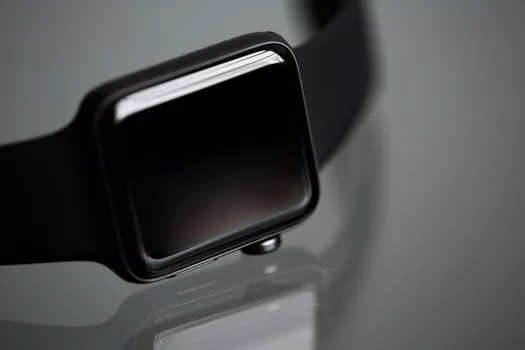
“
Beyond Fitness: The Expanding Role of Wearable Tech in Everyday Life by 2025
Wearable Tech is no longer just about fitness tracking; it’s transforming our daily lives in numerous ways. From smartwatches to fitness trackers, these devices have become an essential part of our daily routines. As we approach 2025, it’s exciting to think about the expanding role of wearable tech in everyday life.
Introduction to Wearable Tech
Wearable technology has come a long way since its inception. The first wearable device was the smartwatch, which was primarily used to track fitness activities such as running, cycling, and swimming. However, with advancements in technology, wearable devices have evolved to include a wide range of features such as heart rate monitoring, GPS tracking, and notification alerts.
Today, wearable tech is not just limited to fitness enthusiasts; it’s being used by people from all walks of life. From busy professionals to seniors, wearable devices are being used to track daily activities, monitor health, and stay connected with loved ones. For more on this topic, check out our post on Wearable Tech in 2025: Bridging the Gap Between Health and Technology.
The Expanding Role of Wearable Tech
As we move towards 2025, the role of wearable tech in everyday life is expected to expand significantly. Here are some ways in which wearable devices are likely to impact our daily lives:
- Health Monitoring: Wearable devices will play a crucial role in monitoring our health and wellbeing. With advanced sensors and algorithms, these devices will be able to detect early warning signs of chronic diseases such as diabetes, heart disease, and stroke. For a deeper dive into health innovations, see Health, Fashion, and Function: Exploring the Multifaceted Innovations in Wearable Tech by 2025.
- Smart Home Integration: Wearable devices will be integrated with smart home systems, allowing us to control our homes with just a few taps on our wrists. From turning on lights to adjusting thermostats, wearable devices will make our lives more convenient and comfortable.
- Mobile Payments: Wearable devices will enable us to make payments on the go, eliminating the need to carry cash or credit cards. With just a tap of our wrists, we’ll be able to pay for coffee, groceries, and other everyday items.
- Personalized Recommendations: Wearable devices will provide us with personalized recommendations based on our daily activities, habits, and preferences. From suggesting workout routines to recommending restaurants, wearable devices will make our lives more enjoyable and convenient.
Challenges and Limitations
While wearable tech has the potential to transform our lives, there are several challenges and limitations that need to be addressed. Here are some of the key challenges:
- Privacy and Security: Wearable devices collect sensitive data, including health and location information. Ensuring the privacy and security of this data is crucial to preventing identity theft and other cybercrimes.
- Accuracy and Reliability: Wearable devices are not always accurate and reliable. Ensuring that these devices provide accurate and reliable data is essential to building trust and confidence among users.
- Interoperability: Wearable devices often have different operating systems and protocols, making it challenging to integrate them with other devices and systems. Ensuring interoperability is essential to creating a seamless user experience.
Conclusion
In conclusion, wearable tech is no longer just about fitness tracking; it’s transforming our daily lives in numerous ways. As we approach 2025, the role of wearable tech in everyday life is expected to expand significantly. From health monitoring to smart home integration, wearable devices will make our lives more convenient, comfortable, and enjoyable. However, there are several challenges and limitations that need to be addressed, including privacy and security, accuracy and reliability, and interoperability. For insights into future innovations, explore Futuristic Features: What to Expect from Wearable Tech Innovations in 2025.



